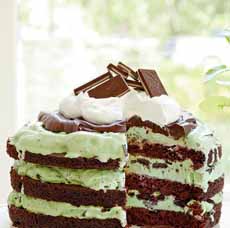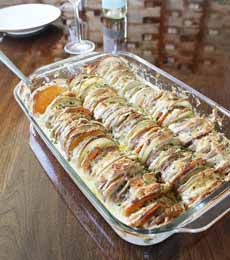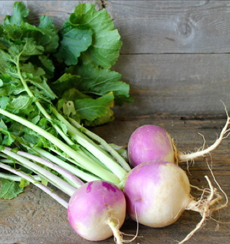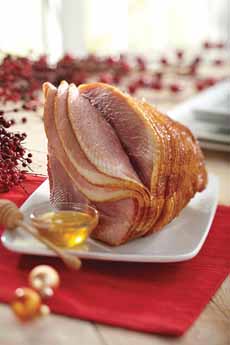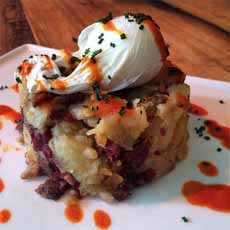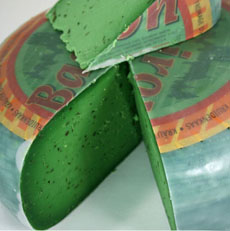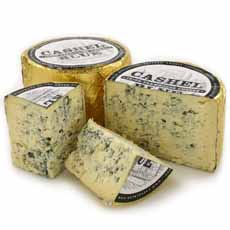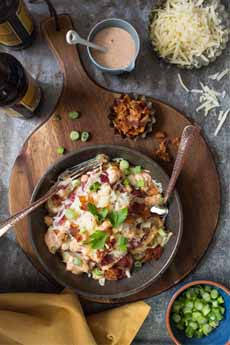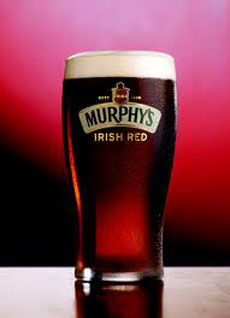|
While we wait for spring vegetables to appear, we’ve been eating lots of root vegetables. Root vegetables have sustained mankind through millennia of winters, because they last for long periods in cool temperatures.
Before the advent of modern refrigeration, root cellars provided vital cold storage that kept a family fed through the winter.
Growing underground (photo #1), roots are generally storage organs, enlarged to store energy in the form of carbohydrates. These large roots are eaten as vegetables.
We have two delicious recipes below: Roasted Root Vegetables With Chicken, and Scalloped Root Vegetable Casserole.
WHAT ARE ROOT VEGETABLES?
Root vegetables are plant roots eaten as vegetables (photo #2).
Beet, carrot, parsnip, potato and sweet potato, radish, and turnip are widely consumed in the U.S.
Some roots, such as galangal, ginger, horseradish, turmeric, and wasabi, are used for condiments or seasonings. Arrowroot is used as a thickener. Gingseng is used medicinally.
To give you a perspective on the category, here’s a categorization of the root vegetables more familiar in the U.S.
True Roots
Taproots: beetroot (beet), burdock, carrot, celeriac (celery root), daikon, dandelion, jicama, parsley root*, parsnip, radish, rutabaga, salsify and turnip, and others not well-known in the U.S.
Tuberous roots: cassava/yuca/manioc, Chinese/Korean yam, and sweet potato, among others.
Bulbs: fennel; garlic, green onion/scallion, leek, onion, shallot and the rest of the Allium family.
Corms: Chinese water chestnut, taro.
Rhizomes: arrowroot, galangal, ginger, ginseng, lotus root, turmeric
Tubers: Chinese artichoke/crosne, Jerusalem artichoke (sunchoke), potato, ube, yam.
Roasted taproots and tubers are popular roasted vegetables in American cuisine. Even people who fuss over eating vegetables enjoy the sweetness of the sugars that come out during roasting.
TWO WAYS TO ENJOY ROASTED ROOT VEGETABLES
There are endless recipes, of course; but here are two recipes from Idaho Potatoes with some added glamour.
RECIPE #1: ROASTED ROOT VEGETABLES WITH CHICKEN
We like the convenience of this recipe (photo #3). Root vegetables are hardy and can keep for a few weeks. It’s easy to pick up a rotisserie chicken (photo #4) if you don’t have time or inclination to roast one.
You can use substitute other root vegetables, or create a grain bowl with a bottom layer of a favorite grain.
Ingredients
4 russet Idaho potatoes, chopped into 1/2 inch cubes
3 carrots
1 turnip, peeled, cut in half lengthwise, and then cut into wedges
1 red onion, cut into wedges
1 cup butternut squash, chopped and peeled
2 beets, rinsed, peeled, cut in half and then cut into wedges
4 teaspoons olive oil, divided
Salt and pepper
3 sprigs fresh thyme, removed from stem
3 cups Swiss chard, removed from stem and chopped (photo #5)
1 garlic clove, minced
1 cup cooked rotisserie chicken, chopped
For The Maple Aïoli
3 tablespoons fresh mayo
1 tablespoons maple syrup
1/4 teaspoon cinnamon
|
|

[1] An old illustration showing how root vegetables grow (photo ©y Etsy).
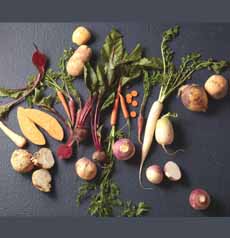
[2] Harvested root vegetables (photo © DIY Naturals).
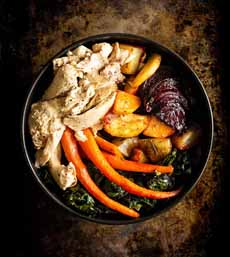
[3] Recipe #1, below: roasted root vegetables with chicken (photo © Idaho Potato Commission).
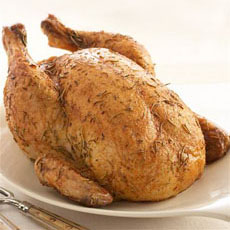
[4] Rotisserie chicken (photo © McCormick).
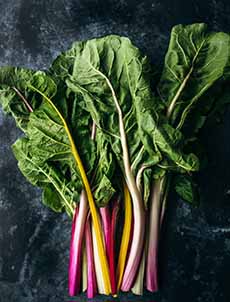
[5] Swiss chard (photo © Heather Barnes | Wesual | Unsplash).
|
Preparation
1. PREHEAT the oven to 425°F. Line a baking sheet with foil and spray with cooking spray.
2. TOSS all of the vegetables in olive oil and sprinkle with salt and pepper. Arrange the vegetables in a single layer on the baking sheet. Sprinkle with thyme. Roast in the oven for 25-30 minutes, until golden and fork-tender, flipping once, halfway through. Meanwhile…
3. HEAT the remaining olive oil in a skillet over medium heat. Sauté the Swiss chard with the chopped garlic, until wilted, about 10 minutes. Season with salt and pepper to taste.
4. MAKE the aïoli: Whisk the mayonnaise with the maple syrup and cinnamon until combined. Spoon into a serving dish.
5. DIVIDE the chard evenly in serving bowls. Top with the roasted vegetables and chicken. Serve with the maple aïoli on the side for dipping.
________________
*Parsley root is not related to parsley, the herb, but is a beige root vegetable that resembles a parsnip or turnip. The edible leaves that grow above the ground do resemble curly parsley leaves, but taste like celery. Parsley root is also called turnip-rooted parsley. In Germany, it is known as Hamburg parsley, and is a popular winter vegetable in Germany, Holland, and Poland.
|
